At a recent social event in my hometown, my friend Cindy shared something of a back-handed compliment about my photographs that a friend of hers made about my wildlife photos. Her friend said: “Oh, he doesn’t take those pictures; he gets them from National Geographic or someplace like that.” We laughed loudly and thought it was such an interesting “compliment.” That’s when I told Cindy that I actually contacted Nat Geo when I was 25, including a personal visit to their Washington, DC office. “Maybe it’s time to re-apply,” I said jokingly, which garnered another happy laugh between us.
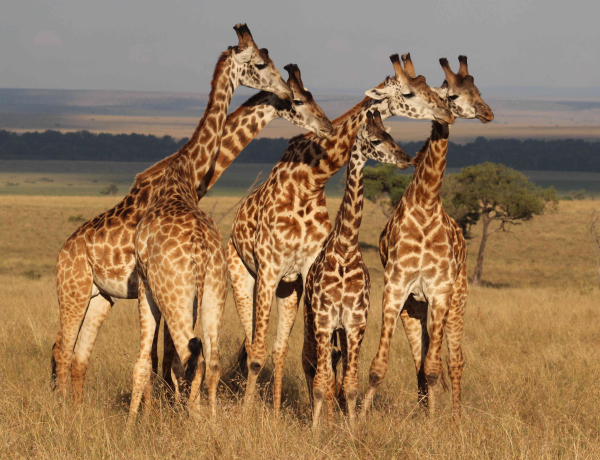
That fun discussion made me think a little more along the lines of the fact that earlier in my career I often didn’t admit to being a photographer. I always professed to being a wildlife biologist, yet I was also an editor, a writer, and a photographer. But when living in San Diego, my friend Quino introduced me to some of his friends, saying, “This is our friend Paul, he’s a wildlife photographer;” and that somehow convinced me that, ya, that’s it, I’m a wildlife photographer (even though I get paid for being an editor or wildlife biologist; and being a writer and photographer is more a part of a package I bring to any position to provide a “full package of talents.”
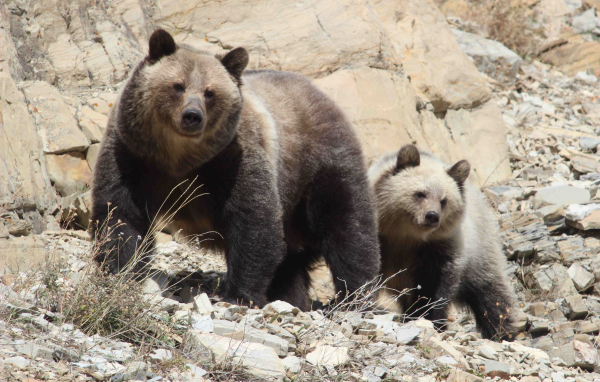
So here, among Birding Wire readers, I am known as a bird photographer, which is true – as true as the fact that as a wildlife biologist, I’m almost always a bird biologist. But tonight for example, I photographed 3 White-tailed Deer with antlers in velvet as they were feeding together. That means that tonight I was more of a wildlife photographer, although I also took photos of many birds, including Swainson’s Hawks, Gadwalls, Blue-winged Teal, Mourning Doves, and Ring-necked Pheasants – all wildlife. When you think about it, almost all the wildlife we encounter are birds; birds provide more variety, more numbers, and more photo opportunities.
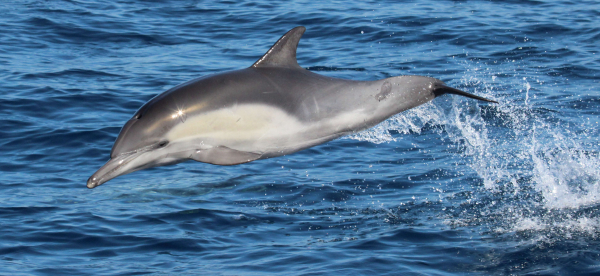
Those above activities and thoughts spawned the idea of sharing a little different angle on Bird Photography by expanding the topic a bit this week to include “wildlife photography.” As excited as I get about birds – locally, nationally, and worldwide – I get just as excited about the gamut of wildlife. Having worked on all 7 continents, including 46 countries, I have photographed birds and other wildlife wherever I go. Among the variety of impressive wildlife landscapes I’ve witnessed nature in motion at some remarkably wildlife-rich locations ranging from Africa’s Serengeti, Luangwa, and Okavango regions; South America’s Amazon Basin, Andes Mountains, and Pantanal; Pacific islands from Fiji to Easter Island, plus into the North Pacific and the Bering Sea isles from Russia to Alaska, and south to Antarctic islands – as well as wild lands of north and northeast Australia, and south and east Asia.
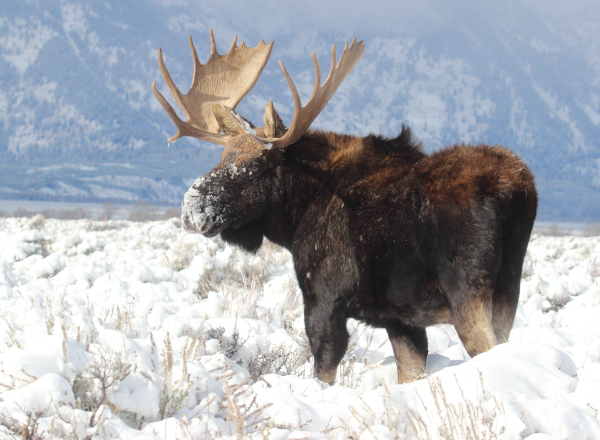
I’m not bragging, but without this background, some readers might imagine I’m a local-yokel from North Dakota – and I am, proudly, but there has always been one driving focus in my life – my interest in wildlife, especially birds. Just as cranes, eagles, parrots, and seabirds have fueled work travels, so have wild sheep, bears, tigers, elephants, and others. That said, as rambling as it may be, it is an introduction to how I decided to expand a bit this week and provide photo illustrations that feature other animals I have photographed while conducting field research on birds or working as an environmental consultant. At the same time, I hope this article provides a better understanding that although I usually focus solely on birds and bird photography, my photo and personal interests do have more of a broader wildlife focus. Rarely, I also venture into photographing historic architecture, landscape, sports, and people, but not very often these days.
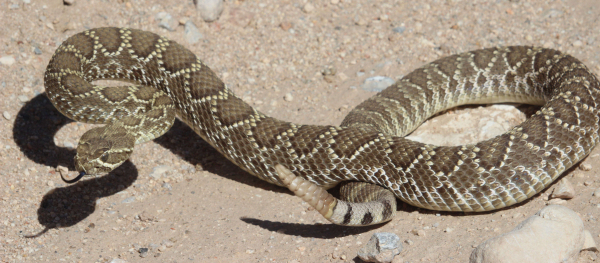
For the most part, the difference between photographing birds and photographing other wildlife is not very different at technical or lighting levels, but there are some distinct differences between birds and mammals, and birds and reptiles. Actually, in some cases the biggest difference is the danger level of photographing in the field. In areas of southern and east Africa for example, it’s paramount to be aware of the possibility of encountering dangerous animals like lions, buffalo, hippos, and a variety of poisonous snakes. Grizzly Bears, and especially Polar Bears are similarly dangerous, as are rattlesnakes, cobras, and other poisonous snakes. In fact, you essentially need to watch where you place your foot during every step to be sure you avoid a rare encounter with a poisonous snake.
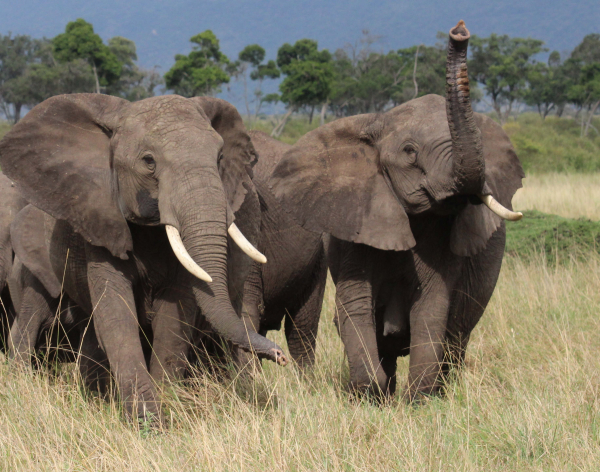
Even so, these are the kinds of animals that often attract photographers, hobbyists, and travelers the most – although maybe not the snakes – ha. And since I mention travelers, the more we travel for birding or in search of wildlife experiences, the broader our photo files become, and the better photographers we become. A week in the Serengeti Plains can help anyone rise to the next level as a wildlife photographer – providing a year’s worth of photo experience just by the multitude of photo opportunities created hour by hour, including the variety of antelope, and such obvious animals as zebras, giraffes, baboons, crocodiles, and lions – plus Kenya offers more than 1,100 species of birds to search for and try to photograph.
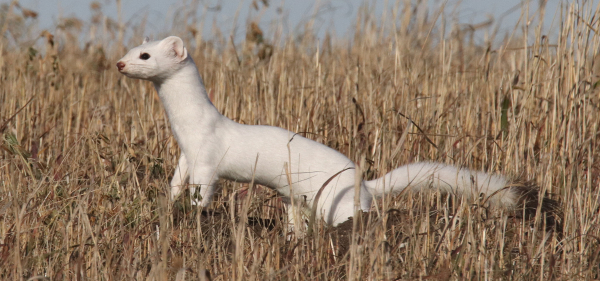
One thing about mammals though, they tend to be larger than birds, which is a big plus when trying to photograph them. If an animal is larger, there is less need to get closer. That’s where a zoom lens really provides an important range of magnification for you to work wonders with in the field. In Kenya I used a very versatile 35-to-350mm zoom lens that provided a wide angle view for photos of large herds of wildebeest and zebras, or to zoom in on a resting cheetah from a safe distance (and from a safe vehicle). For bird photos, I formerly used my 400mm telephoto lens almost exclusively, and today I use a very versatile 150-to-600mm Tamron zoom lens with vibration compensation to photograph birds, mammals, reptiles – even insects and spiders.
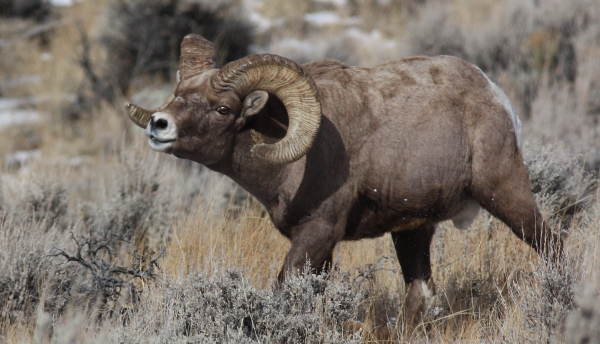
Aside from bats, most mammals, reptiles, amphibians, fish, and other wildlife cannot fly, which makes them a little easier to photograph than birds too. But isn’t flight one of the things that attracts us to birds, that enthuses us to photograph birds in flight? It’s one of the many things that sets birds apart for photographers and that attracts us all to become birders. Also, birds seem to be everywhere, while most days I see very few mammals, amphibians, reptiles, or other wildlife, partly due to the nocturnal nature of most other animals and the diurnal behavior of birds. But birds are distinguished in one other way – they have attracted a percentage of humans to become birders – and even the word “birder” is unparalleled among other wild animal groups – there are no reptilers or mammaliers, or even frogwatchers.
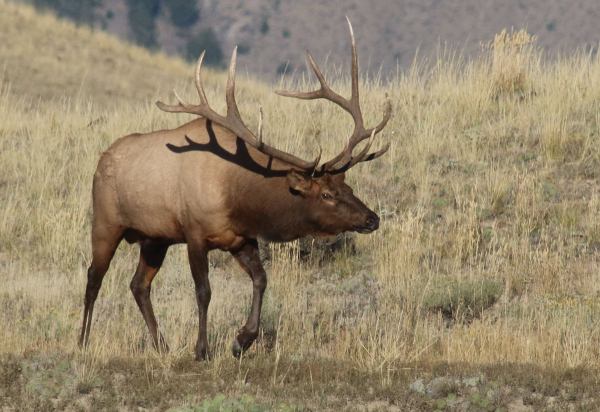
Yes, birds deserve their favored place among wildlife, and bird photography creates a most noble level of success when you can photograph any bird that flies, swims, walks, or runs. Keep the sun at your back as you photograph birds, be ready for action, and enjoy all the birds, mammals, reptiles, amphibians, butterflies, and other living things as you walk the earth with your camera! (To view a mixed selection of Paul’s favorite wildlife photographs, you can refer to Wildlife Adventures and yes, he took all those photographs – ha-ha!)
Article and Photographs by Paul Konrad
Share your bird photos and birding experiences at editorstbw2@gmail.com